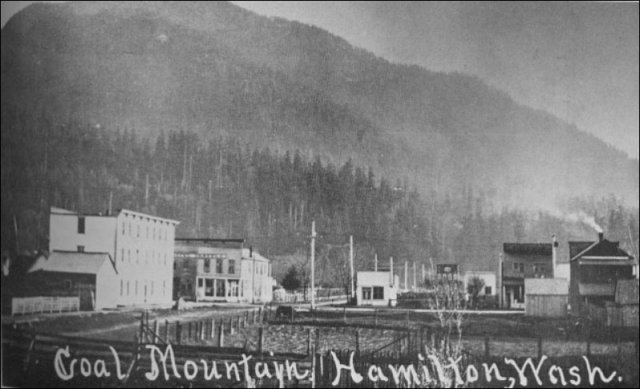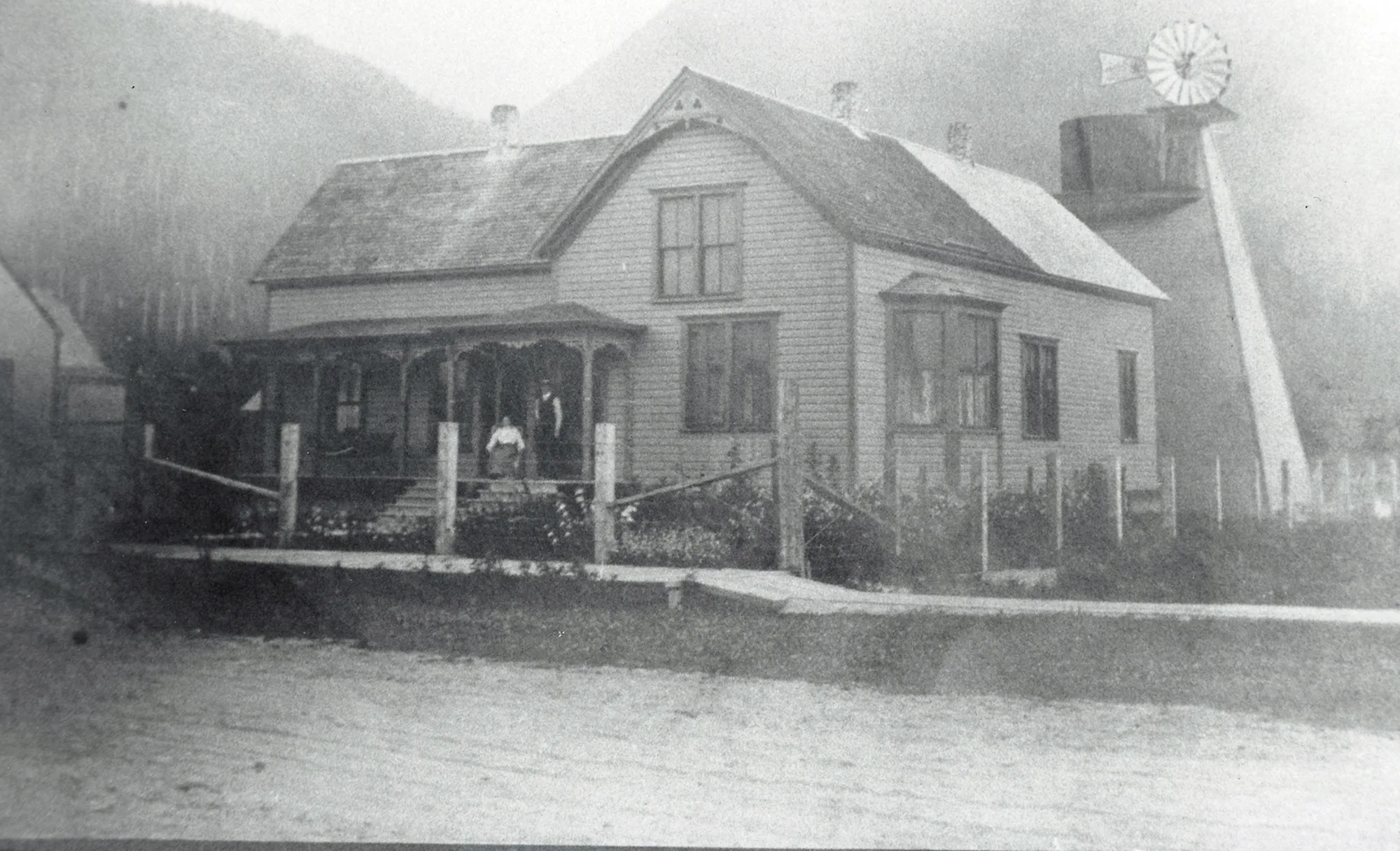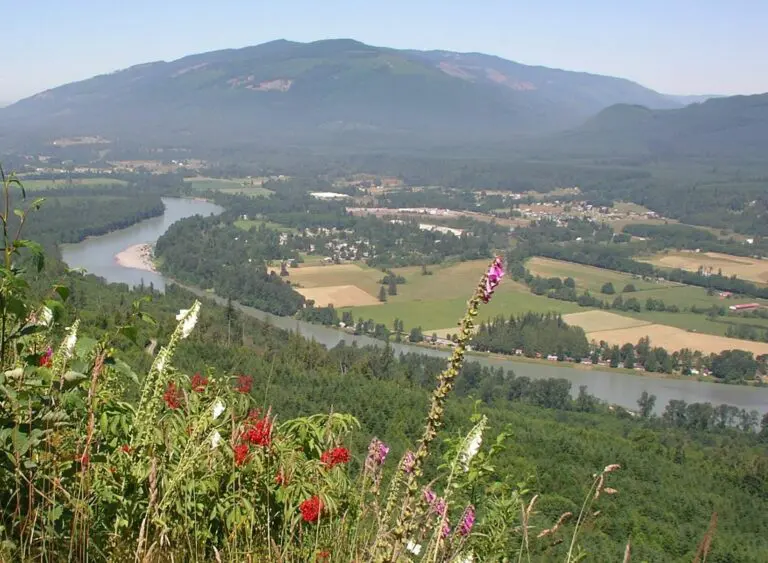The History of Hamilton
One of the first early settlers to the place now known as the town of Hamilton, WA was Martin Smith, who emigrated to the Skagit from Iowa in 1875. He was a native of Indiana and his wife, Nancy Smith was originally from Tennessee. Smith homesteaded land north of the eventual railroad tracks, just west of town where the highway pavement originally ended. He sold out to the J.R.H. Davis in 1884 and bought 160 acres on Cockreham island or The Island, as it is known, near Lyman. He moved back and forth over the years but his son, Emmett, born in 1891, continued trading at Hamilton. One of Smith’s descendants, Nancy Brownlee, wrote and gave us some information about the family; we are still seeking more.
Sometime in 1877, Valentine Adam settled upriver after emigrating from Rhenish Bavaria in Germany. Trained as a stone cutter, he worked across the country at this trade and then initially took a claim of 159 acres at future-Lyman on the north shore of the river after looking up and down the river for land. Over the next few years he proved up on his claim and helped first Lorenzo Lyman and then Otto Klement start the village of Lyman. He worked part time helping Williamson with his hop farm west of town and the rest of the time clearing his own land on the north bank of the Skagit.
Later, in 1880, Henry Cooper and his cousin, Henry Cooper Leggett, arrived in La Conner from Quebec. Leggett settled southwest of Lyman and the Williamson ranch where the river branched off into a slough on the north side and created little islands. That area became known as Utopia. Cooper took a claim upriver halfway between the future towns of Lyman and Hamilton. Cooper’s daughter, Henrietta, wrote in her 1951 application for the Territorial Daughters of Washington that her father and Adams decided to swap properties in March of 1883, just months before Williamson died on his hop ranch. This appears to be in conflict with Adam’s homestead patent, however, which was signed by President Chester Arthur on June 17, 1884. Henrietta was born in September 1888, four months after her father’s death. She eventually inherited much of that original Lyman land and she and her husband settled next door to Klement. Her grandson, Bud Meyers, and his wife, Maxine, still live in her house and they now own the Klement house, too.
Meanwhile, Adam set about clearing his land near Hamilton by hand. He told the interviewer for the 1906 Book that Williamson was his only neighbor in the very early days, and recalled how there were no roads, only muddy trails between the monster trees. There were no horses or oxen in those early days. Frank Hoehn would bring the first large herd of horses over the Cascades in 1889. The first trees cleared off his property were the cedars because they were hollow. Settlers learned to poke burning coals into a horizontal tunnel they drilled into the tree. They angled a shaft down from a foot or so above at a 45-degree angle that served as a flue. As a result the insides slowly burned out and the tree and stump were easier to remove, though nothing was easy for a settler in those early days. As if that wasn’t enough, 300 angry Indians stormed over the Cascade Pass from Yakima in 1878 and scared the settlers up and down the river until cooler heads among the whites met with the Indians and quelled the warlike tendencies. In 1885 Adam married Margaret Bruns of Hanover, Germany, and they raised six children together on that farm. A Republican, Adam was later a road supervisor at the turn of the century and was an avid supporter of education, serving several terms on the Hamilton school board.
Lumber and logging industries in and around Lyman continued to be the general attractions for the increased number of settlers. The railroad was extended through the town in 1890. It was first known as the Seattle Northern and later called the Great Northern. The railroad made an impact on the town and people began building their houses to face north toward the railroad track instead of south toward the river.
During this time in Lyman history, there were prominent hotels in operation. Hitchcock and Kelley Lumber Company was formed, a livery stable, a town hall, and the Vanderford and Minkler Mill were established, and by 1905 there was a shake mill about 3 miles along the Skagit River.
— Courtesy of Stump Ranch Online written By Noel V. Bourasaw





